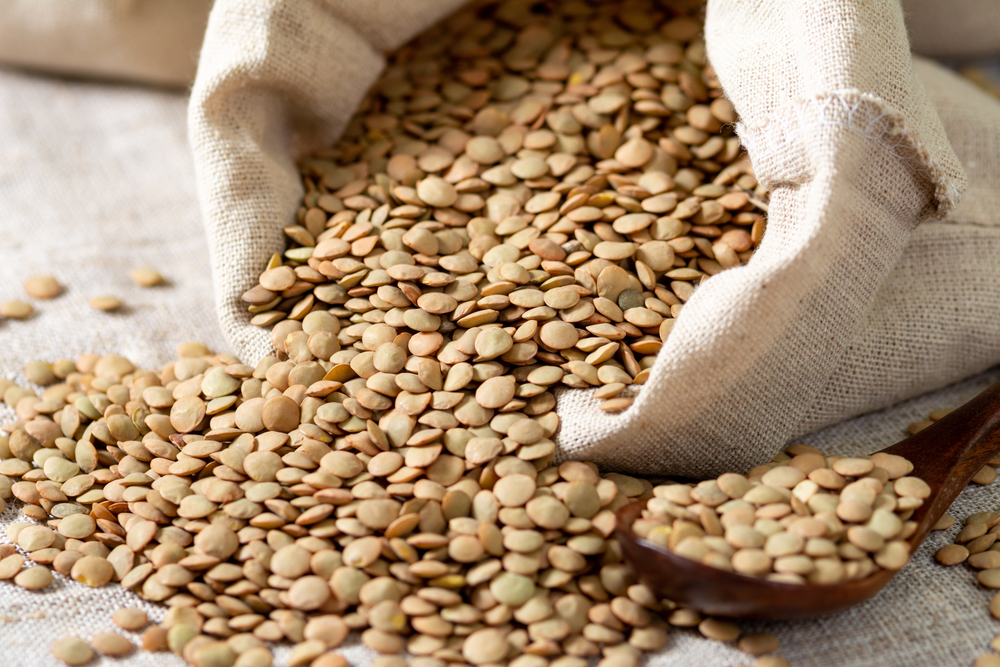At Montana State University, researchers are studying how genetic and environmental factors affect lentil crops.

While lentils might not be the first crop that comes to mind when you think of Montana, the state grows half of the country’s supply of the legumes.
Thanks to growers such as Timeless Seeds leaning into organic farming and revitalizing depleted soil by planting the legumes, the once wheat-dominant Montana farmland is now abundant with lentils.
In an effort to keep the lentil crop in the state thriving, researchers at the Eastern Agricultural Research Center at the Montana State University conducted a recent study to hone in on which lentil varieties grow most successfully in specific regions across the vast state.
For the study, published in Crop Science, researchers focused on five test sites across Montana—including locations in Bozeman, Conrad, Havre and Moccasin—each with its own unique soil and weather conditions. Researchers planted and focused on four different lentil varieties—Avondale, CDC Richlea, CDC Maxim and CDC Invincible—reports Phys.org. The scientists wanted to use their three-year experiment to understand more deeply how environmental and genetic factors affect the final lentil crop.
RELATED: The Promise of Pulse Proteins
Environmental factors and genetics are important considerations when producing both a bountiful and quality crop. By focusing on the varying degrees of influence both factors have on final crop yields and the protein and starch makeup of the lentils, the team is helping to inform lentil breeders and growers to increase the production and quality of their lentil yields.
“Understanding how the environment and genetics affect lentil crops is key,” said Chengci Chen, lead author of the study. “It allows growers to select lentil varieties that can adapt to different environments and produce high-yielding and high-quality crops.”
The results of the study showed that environmental factors were more closely correlated with the success level of the final lentil yield, while genetic factors in each variety of lentil had a significant impact on the nutrient makeup of the legumes. With the specialized information on what regions in the state develop the most nutritious and robust versions of certain varieties of lentil, farmers now have a heightened sense of how to grow the best lentils possible in their fields.
I love lentils very much and this helpful article helped me get more information about it. I did not expect lentils to be developed and studied in so many ways.